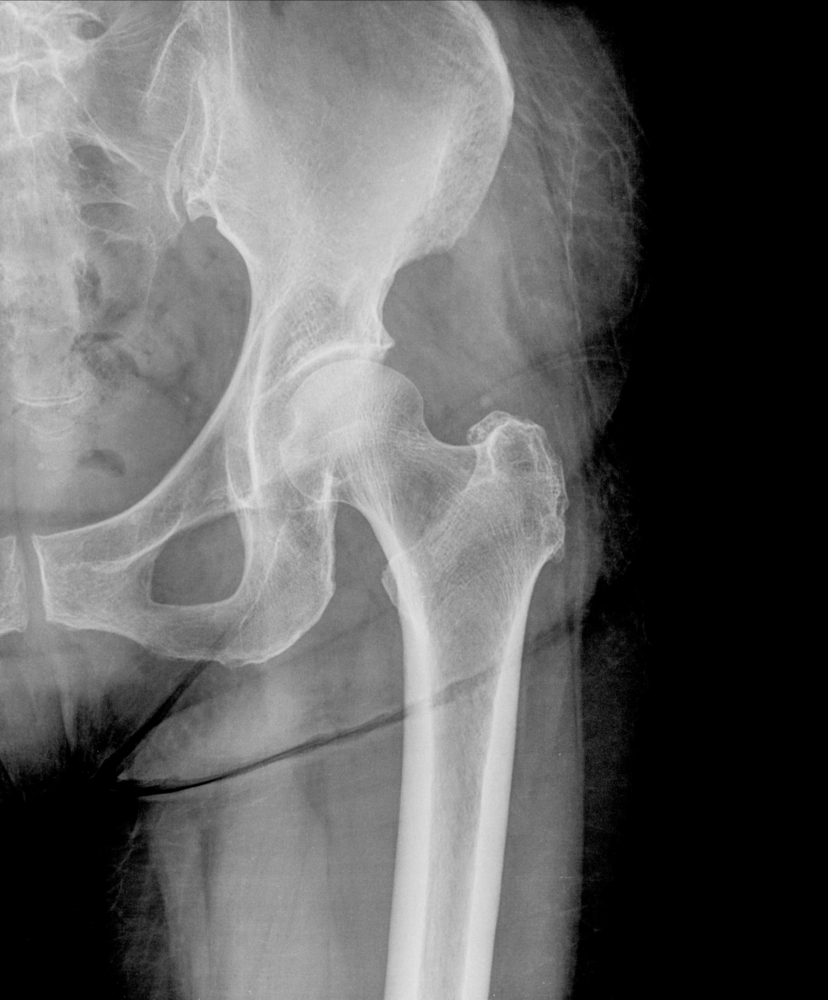Findings from a recent study published in the Brazilian Journal of Medical and Biological Research show that nitric oxide might be a potential marker in patients with Chronic pelvic pain (CPP) and endometriosis.
Chronic pelvic pain (CPP) is a highly prevalent clinical problem among women and causes continuous or intermittent pain in the anatomic pelvis. CPP etiology is often unknown but may result from a complex interaction between the gastrointestinal, urinary, gynecologic, musculoskeletal, neurologic, and endocrine systems. One of the diseases most often associated with CPP is endometriosis.
Abdominal myofascial pain syndrome, characterized by hyper irritable trigger points, is another frequently underdiagnosed condition causing CPP, especially in countries where the prevalence of cesarean section and other abdominal surgeries is common. Studies have shown that CPP can be caused by the endometriosis lesions, but determining how the lesions cause CPP has proved difficult.
Some studies indicate a possible role for nitric oxide (NO) in the pathogenesis of endometriosis since NO can act as a mediator and regulator of the inflammatory response and of the modulation of nociception at both the peripheral and the central level.
There is a lack of research investigating plasma NO levels in women with CPP secondary to endometriosis. To address this unmet issue, in their study titled “Reduction of blood nitric oxide levels is associated with clinical improvement of the chronic pelvic pain related to endometriosis,” O.B. Poli-Neto from the Departamento de Ginecologia e Obstetrícia, Universidade de São Paulo in Brazil and colleagues, aimed to determine plasma NO levels in women with CPP secondary to endometriosis and abdominal myofascial pain syndrome and to explore their association with pain intensity and pain threshold.
The researchers examined NO in women with chronic pelvic pain secondary to endometriosis (n=24) and abdominal myofascial pain syndrome (n=16). NO levels were measured in plasma collected before and 1 month after treatment. Results revealed that pretreatment NO levels were inferior in healthy volunteers in comparison to women with myofascial pain or endometriosis.
After treatment, there was a reduction in the plasma NO levels in the endometriosis group. The researchers found an association between pain intensity reduction and NO level reduction in the endometriosis group and that a reduction of NO levels was related with an increase of pain in this group.
According to the researchers, NO levels were increased in women with chronic pelvic pain diagnosed as secondary to endometriosis, and were directly associated with reduction in pain intensity and increase in pain threshold after treatment.

